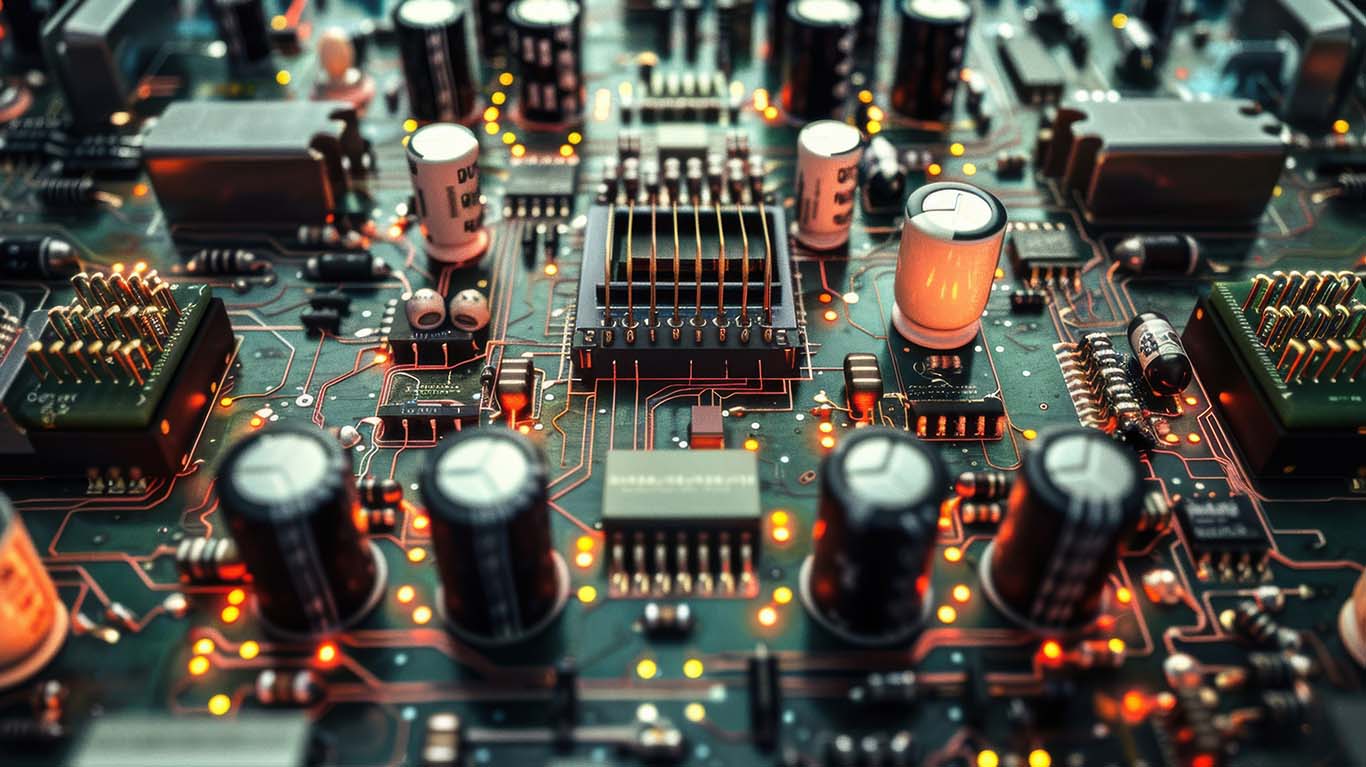In today’s digital age, our devices are more than just tools for communication—they are storage vaults of personal, financial, and professional information. This makes them prime targets for cybercriminals who use malicious software, commonly known as malware, to steal data, disrupt functionality, or even take complete control of devices. Safeguarding your device from malware is no longer optional; it is a necessity for every individual and business.
Understanding Malware
Malware is an umbrella term that includes viruses, worms, ransomware, spyware, and trojans. Each type functions differently—viruses can corrupt files, ransomware locks your data until you pay a ransom, and spyware secretly tracks your activities. Regardless of the form, the intent is harmful: to exploit vulnerabilities in your device or behavior.
Best Practices to Protect Your Device
- Keep Software and Systems Updated
Outdated software often contains security loopholes that hackers can exploit. Always update your operating system, antivirus programs, and applications. Enable automatic updates wherever possible, so you never miss critical security patches.
- Use Trusted Security Solutions
Installing reliable antivirus or anti-malware software is your first line of defense. These tools can detect, quarantine, and remove suspicious programs before they cause harm. Look for solutions that provide real-time protection and frequent updates to counter emerging threats.
- Be Cautious with Downloads and Links
Malware often spreads through unsafe downloads or phishing links. Avoid downloading apps from unofficial sources, and always verify the authenticity of websites before clicking links. Emails with suspicious attachments or urgent messages demanding immediate action should raise red flags.
- Secure Your Internet Connection
Public Wi-Fi is a playground for hackers. If you must connect to public networks, use a Virtual Private Network (VPN) to encrypt your data. Additionally, always secure your home Wi-Fi with strong, unique passwords and updated encryption standards like WPA3.
A firewall acts as a barrier between your device and potential threats from the internet. Both hardware and software firewalls add an extra layer of security by monitoring incoming and outgoing traffic. Ensure your firewall is enabled and properly configured.
- Practice Strong Password Hygiene
Weak or reused passwords make it easier for attackers to gain unauthorized access. Use strong passwords with a mix of letters, numbers, and symbols, and change them regularly. A password manager can help you create and store secure credentials.
- Back Up Your Data Regularly
Even with the best defenses, no system is entirely immune. Regularly back up your data to external drives or secure cloud storage. In case of a ransomware attack or data loss, backups ensure that your information is not permanently lost.
Cybercriminals constantly adapt their methods, so staying updated on the latest threats is crucial. Follow cybersecurity blogs, official advisories, and trusted news sources to remain aware of evolving risks and protective strategies.
Why It Matters
Failing to safeguard your device can have serious consequences. From identity theft and financial fraud to data breaches and system crashes, the aftermath of malware infections can be devastating. On the other hand, adopting a proactive security mindset helps maintain your digital privacy, ensures smooth device performance, and saves you from costly recovery efforts.
Final Thoughts
Safeguarding your device from malware is about being vigilant, proactive, and consistent. Think of it as maintaining your health—regular checkups, preventive measures, and good habits go a long way in keeping threats at bay. By combining updated software, trusted security tools, cautious online behavior, and routine backups, you can significantly reduce the risk of falling victim to cyberattacks.
In a world where digital threats are ever-growing, your security is in your hands. Protect your devices today to ensure a safer tomorrow.

